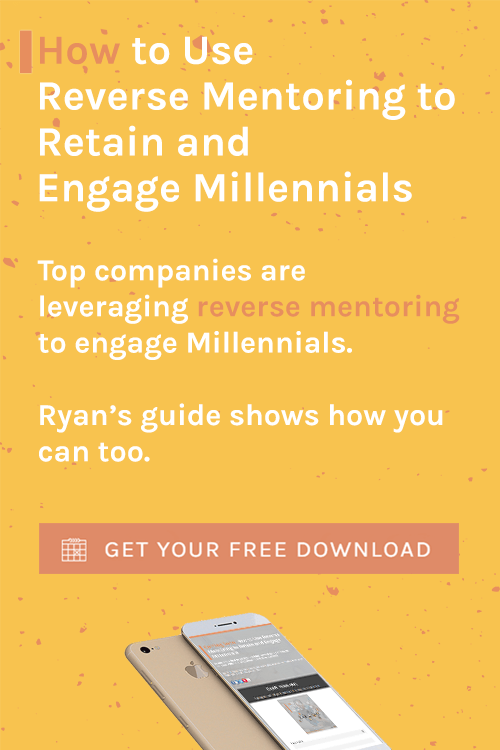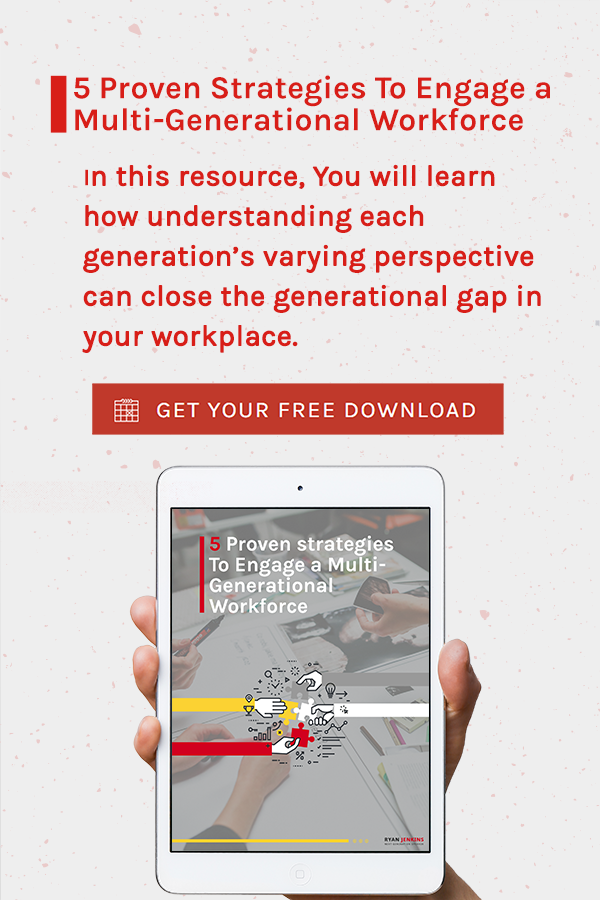Whether at work or home, these 5 tips will ensure your smartphone doesn't get the best of you.
.jpg?width=600&name=How%20to%20Reduce%20Smartphone%20Distraction%20at%20Work%20(and%20Home).jpg)
Ninety-two percent of Americans believe smartphone addiction is real but most underestimate just how much they use their smartphone. Sixty percent of people think they touch their phone 100 times or less per day, however, a typical user taps, touches, or swipes their phone 2,617 times per day.
In my opinion, smartphones offer more benefits than risks. GPS, camera, transportation (Uber and Bird), education (podcasts and audiobooks), note taking, and search are just a few of the benefits I don't want to live without. But I also don't want to live without giving my work and my family my full focus. Always available translates to never fully available.
If the risks of smartphones remain unchecked, the devices can encroach on our relationships and productivity in the workplace and at home. The mishandling of smartphones can result in:
- Stress: Employees tally an average of eight hours a week answering work-related emails after leaving the office.
- Disengagement: 80 percent of workers think it's wrong to check phones during meetings; 50 percent do it anyway.
- Lessened productivity: 95 percent of people are interrupted over five times per hour.
5 steps for better smartphone etiquette
1. Understand your usage
Getting control of your smartphone usage starts with understanding how you use it.
Enable features that provide data on how you're using your smartphone. Apple's new iOS 12 offers Screen Time, which highlights most-used apps, time on the device, pickups, and more. Google offers a similar feature called Digital Wellbeing.
2. Supervise your settingS
Addictive apps like Facebook, Instagram, and YouTube have begun introducing similar features, where users can track their usage, gain more control over notifications, and set daily usage limits. Email and other tools like Slack can also be controlled to snooze at certain times to ensure users are fully available at the appropriate times.
3. Curb your checking
Resist the urge to check your phone every time it dings, pings, or rings. Ride the arc of the craving to check and consciously choose not to check. Every time you successfully beat the urge to check your phone, you strengthen your resolve. Dishes aren't washed every time a single plate is dirtied. Dishes are done in batches. In the same way, batch your responses to ensure you don't lose focus. Manage the tech, don't let tech manage you.
For communications that are absolutely critical or urgent, identify a communication channel for emergencies only, such as calling.
4. Announce your activity
When someone checks their phone during a conversation, both parties are immediately and momentarily disconnected from the conversation. This can cause resentment on one side and mental (and sometimes emotional) detachment on the other side. Instead, announce your activity and narrate out loud why you're checking your phone during the conversation, such as "let me check my calendar to see if I'm available," or "allow me to check my flight departure time." Announcing your activity keeps both parties actively engaged in the conversation.
If you don't have a good reason to narrate your phone activity, then keep your phone away. This will also help to curb your checking.
5. Accentuate your alternatives
Emotion drives attention. This is why it's so easy to slip into the mindless scrolling of social feeds, because it inserts us into the lives of those we care about. To make checking your phone less appealing, engage yourself through a better alternative. Find ways to attach emotion and meaning to the work and tasks you do every day. (Read this for a few tips for engaging smartphone-distracted employees.)
Additional reading: Read this to learn how parents can prepare kids for a high-tech world, and read this for five actions to take to raise tech-healthy kids.
As a Millennial and Generation Z keynote speaker and trainer, I help companies lead, engage, and sell to the emerging generations. If you'd like help solving tough generational challenges inside your organization, click here.





